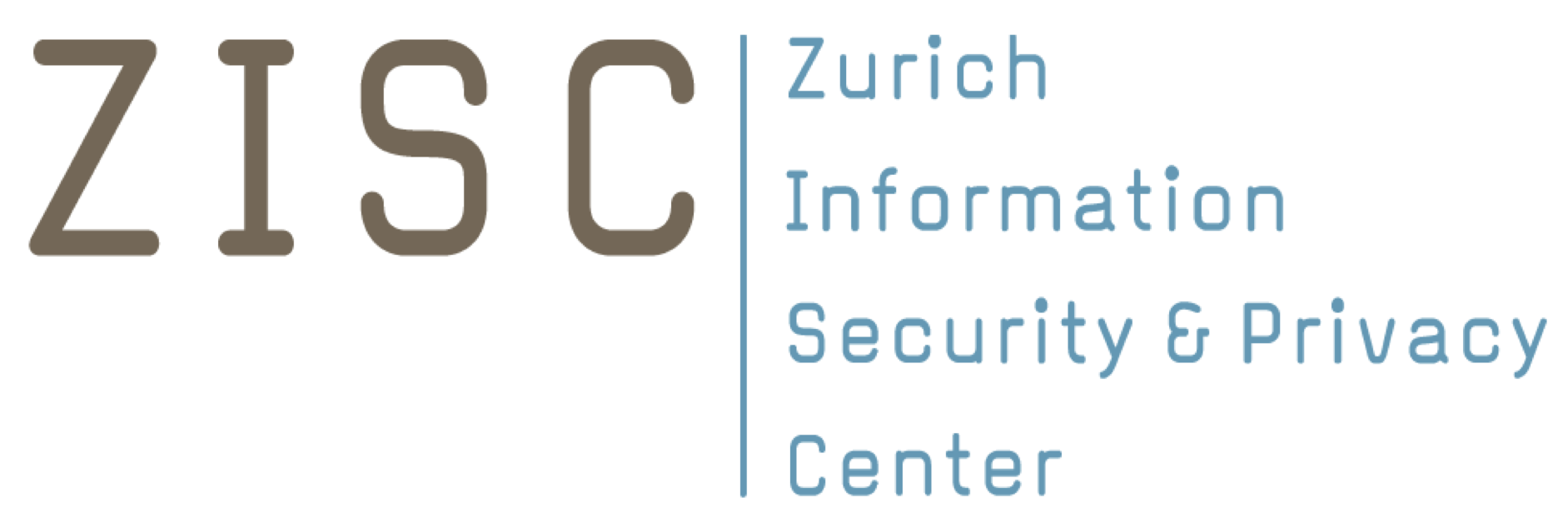Multi-label classification
Status
This project started in 2021 and has been successfully completed in 2024.
Researchers
Prof. Ce Zhang (ETH)
Dr. Luka Rimanic (ETH)
Industry partner
Zurich Insurance
Description
This research project aims at shedding a new light on multi-label classification and consists of two main goals: (i) developing a comprehensive, up-to-date benchmark on multi-label classification for two data modalities, and (ii) improving a multi-label classification system for an email forwarding task used by our industry partner.
Multi-label classification is a generalization of the common machine learning problem of multi-class classification. The distinction is that each data sample in a multi-label dataset can belong to multiple classes simultaneously, as opposed to only one in a multi-class regime. The number of real-world applications of multi-label classification has increased drastically in recent years — from automatic categorization of lengthy emails and news articles, to tagging objects in images. In recent years we witnessed an opening of several new horizons of tools used in machine learning, from pre-processing, training, optimizing to post-processing. Knowing which method to deploy on a given task becomes harder with more tools being introduced.
At the same time, we observe very little research on multi-label classification tasks, even though they introduce fundamentally different questions than those in the multi-class regime, e.g., interdependent labels within complex label structures and often highly unbalanced datasets.
In our project, we start by performing a comprehensive study of existing methods. On a carefully curated list of datasets from two data modalities that are ubiquitous in modern machine learning (computer vision and natural language processing), we explore a cross product of numerous baselines, state-of-the-art machine learning methods and feature extraction strategies, and commonly-used classifiers, all evaluated through various metrics. This study is challenging due to the plenitude of available paths that one can take in designing a multi-label classifier. It yields new insights and aims at providing guidance for future applications.
In the second part of the project, we perform a similar experimental study, this time on a real-world dataset provided by our partner, building on top of their system that is currently in use. This email-forwarding task is quite interesting due to the sheer particularities of the task and the dataset — a small number of samples, highly imbalanced label distribution, all combined with several constraints on the labels. We explore which properties of the above study can be transferred to this application and develop components that can be integrated in the system of our partner.

